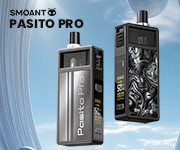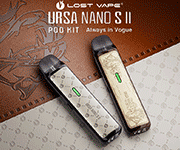Vapaneezer Scrooge
Vendor
- Joined
- Dec 23, 2017
- Messages
- 6,128
Question :
The ppe acetate Visors
Are they reusable ? I assume them being solid and not material they can be disinfected ?
In the ideal limited use world they would be disposable, in reality they are re-using them after disinfecting.
3D printing doesn't actually produce 100% solid parts, there are microscopic gaps between layers so 3D prints aren't classed as food safe, items used for food etc. need to be disinfected each use.















